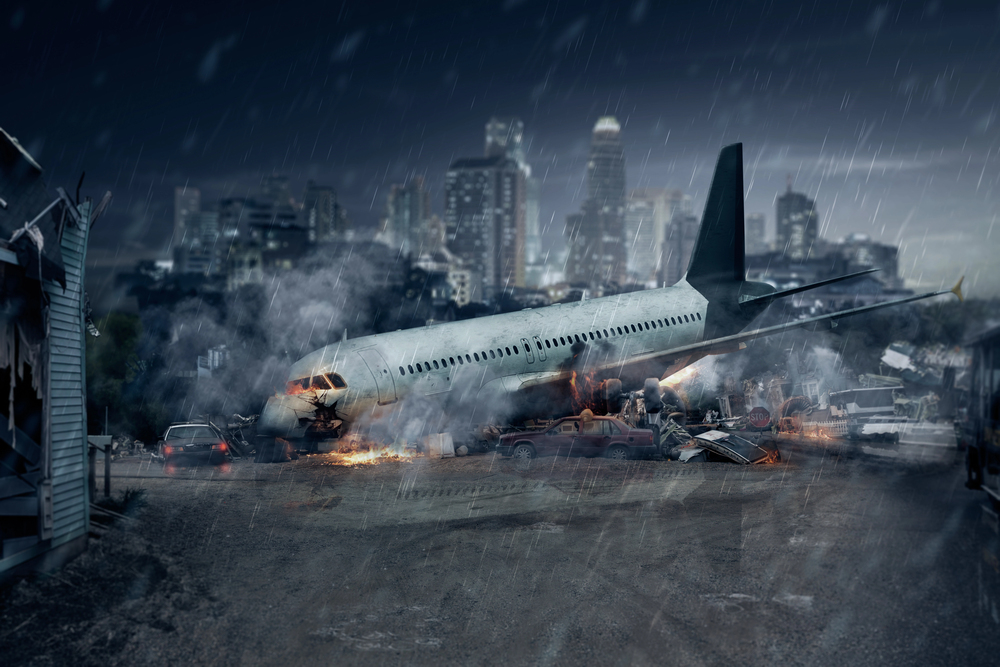
When tragedy occurs at the center of a city, the effects reverberate far and wide beyond the immediate disaster. On July 21, 2025, the Uttara district of Dhaka was rocked to its very foundations as a Bangladesh Air Force F-7 BGI trainer aircraft came crashing onto the campus of the Milestone School & College, transforming a mundane afternoon into an event that would be remembered by the city for years to come. As the smoke settled, the community was not only left to deal with the loss of life and the treatment of the wounded, but also profound questions regarding safety, emergency preparedness, and the road to recovery.
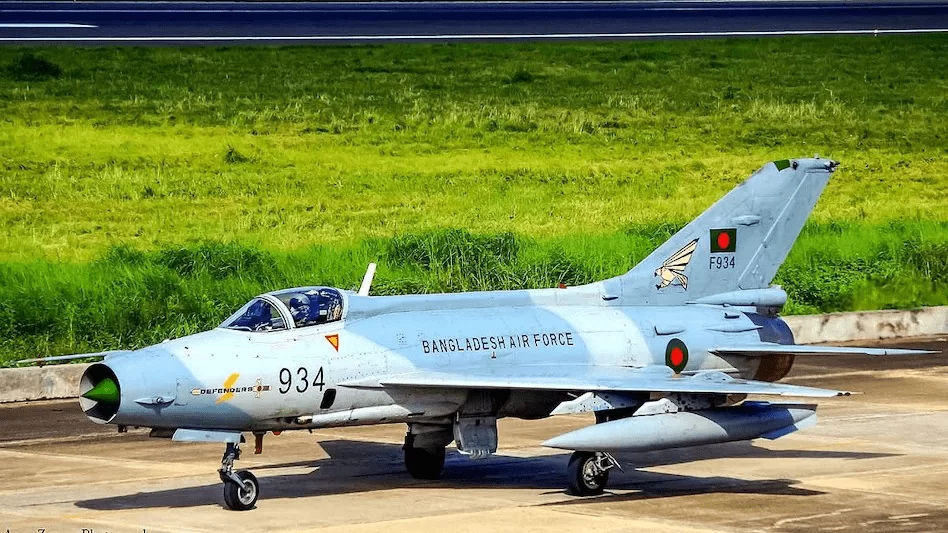
1. Peeling Back the Mechanical Failure: What Happened?
The inquiry into the crash revolves around the F-7 BGI, a recent upgrade to the traditional J-7/MiG-21 design. The Inter Services Public Relations Directorate (ISPR) states that the jet suffered a “mechanical failure” soon after takeoff, resulting in the disaster. Flight Lieutenant Md Towkir Islam, who was piloting the plane, made a “valiant attempt to steer the plane away from populated areas,” but unfortunately, the jet crashed beside the cafeteria of the school. The ISPR stressed, “We do not know yet if the aircraft had any prior technical issues.” Officials point out that although the F-7 BGI has better avionics, its design history goes back decades ago, which can pose special operational challenges.

Jacob Parakilas, a researcher of defense strategy, put it this way, “The fact that the base model is old doesn’t inherently make it unsafe.” Nevertheless, the tragedy has sparked an at-the-top investigation, with officials promising transparency and a deep dig into the airplane’s maintenance history and training practices. This is one of the deadliest military aviation crashes that have involved civilians in the history of Bangladesh and a critical juncture for re-evaluating airworthiness standards and oversight.
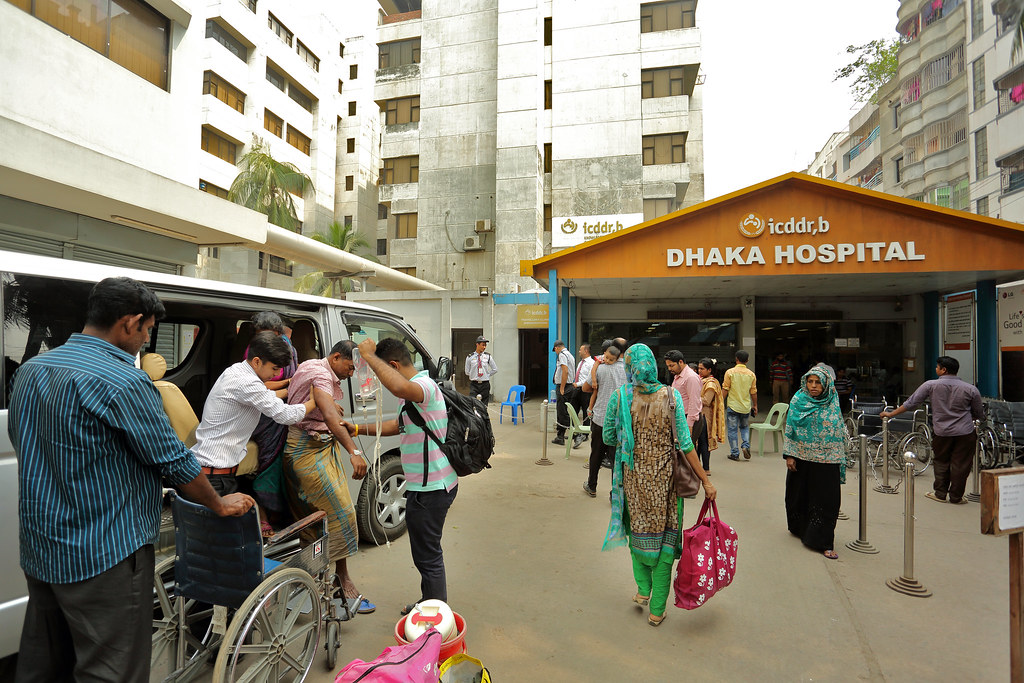
2. Dhaka’s Mass Casualty Response: Strengths and Strains
More than 170 were hurt and at least 20 killed in the crash, which soon overwhelmed local emergency services. The rescue mission, which continued hours after the crash, had victims taken to four hospitals around the city. With mass casualty incidents like this, the rule of thumb changes to “the greatest good for the greatest number.” Dhaka’s hospitals, which were already short-staffed and short-equipment, had to improvise on the spot repurposing surgical dressing rooms as improvised operating rooms and utilizing recovery rooms to provide critical care. Multidisciplinary teamwork was the need of the hour: experienced anesthesiologists directed triage, and teams were established for immediate, urgent, and non-urgent attention. “Stockpiling medicine and equipment resources” was an immediate priority, as was the challenging exercise of rationing treatment to those most likely to gain benefit from it. These tough-learned lessons reverberate from previous catastrophes such as the Rana Plaza building collapse reminding us that timely resource review and collaboration are crucial to salvaging lives.
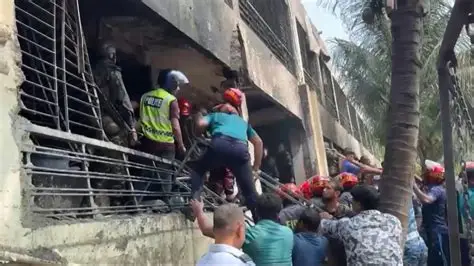
3. The School Community: Preparedness and Vulnerability
Milestone School & College, with almost 2,000 students and about 1,000 being present at the time, was the center of the disaster. The fact that the crash occurred close to the cafeteria heightened the impact, which reinforced the necessity for effective disaster preparedness in schools. Recent efforts in Dhaka have emphasized equipping schools with safety protocols and involving students in simulation exercises. The Dhaka Earthquake and Emergency Preparedness (DEEP) project engaged more than 35,000 students in developing disaster management committees and rehearsing emergency response. German Red Cross’s Gaurav Ray underscored, “Preparedness has two facets one is institutional preparedness, and the other one is community-level preparedness.” The accident is a stark reminder that schools along flight paths need to have updated evacuation plans and frequent safety drills.

4. Risk Management in Flight Training: Lessons and Safeguards
The F-7 BGI’s flight was a routine training mission, not part of a larger exercise. Yet, its path over a densely populated urban area has raised urgent questions about risk management and flight planning. International best practices stress the importance of designating safe air corridors especially for training flights and ensuring real-time communication between air bases and local authorities. The tragic loss has called for a thorough assessment of flight procedures close to schools and residential areas, as well as greater coordination with urban planners to reduce exposure to aviation threats.
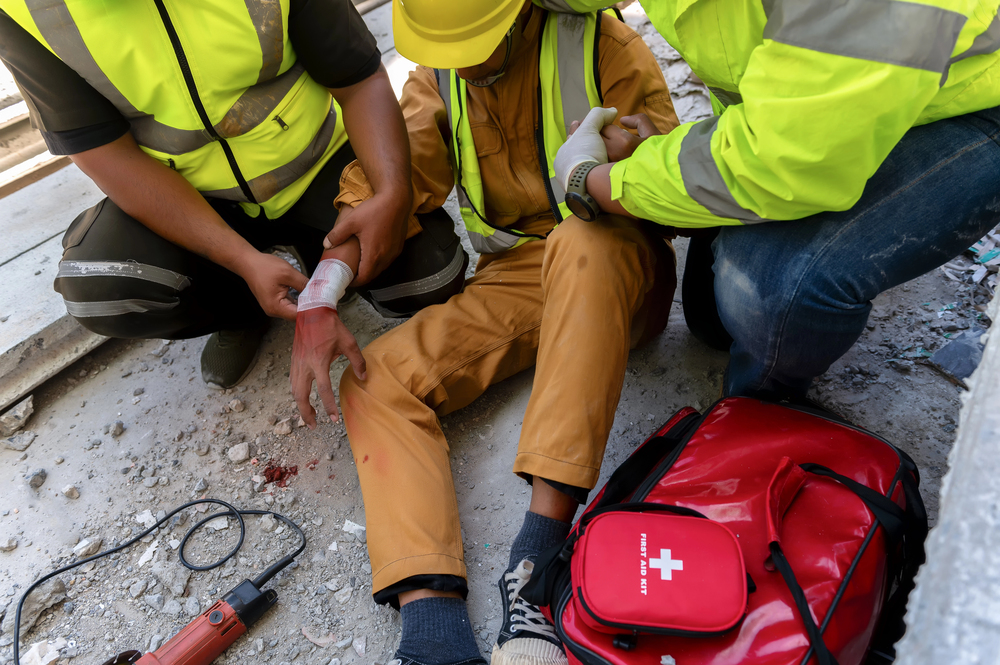
5. Psychological First Aid: Healing Beyond the Physical
Behind the loss, the trauma goes beyond injuries to the body. Survivors, their families, and rescuers all have emotional wounds in need of healing. Psychological first aid (PFA) is a vital initial response, serving as a “psychological bandage” to calm those in crisis and support them in being able to cope. Valerie Cole, Ph.D., of the American Red Cross, describes it this way: “The practitioner is helping the person draw on their own strength.” Deep breathing, grounding activities, and mindful observation are among the techniques that can assist in calming fear and re-establishing a feeling of safety. For kids, straightforward breathing exercises and comforting routines are particularly useful. PFA is not only for professionals people of all backgrounds can learn the fundamentals and provide comfort during a disaster. As Cole says, “Everybody can learn psychological first aid; you don’t need to have a Ph.D. in order to learn it.”
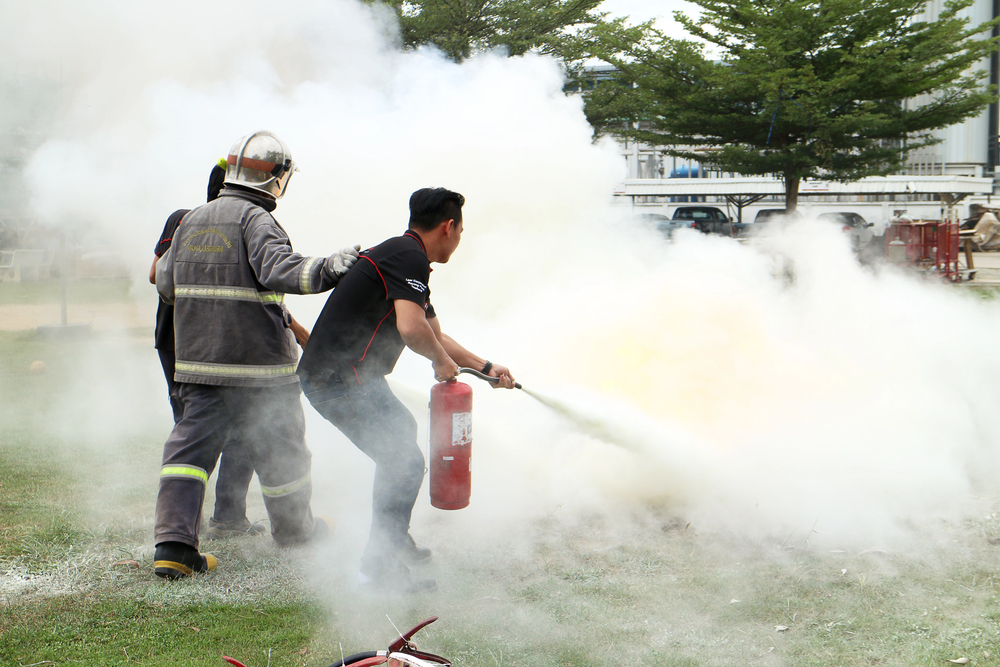
6. Building Resilience: Community and Institutional Readiness
Dhaka’s history of natural disasters has ingrained a culture of readiness, yet rapid urbanization and high populations continue to pose difficulties. The DEEP project’s emphasis on engaging volunteers and local officials in emergency planning has enhanced the city’s resilience. Daniela D’Urso from the European Commission’s humanitarian office stressed, “We believe in the work in communities that our partners have done; in building capacities and in building awareness.” The incorporation of disaster readiness into national planning and school curriculums is the most important way of ensuring sustainable improvement in safety.
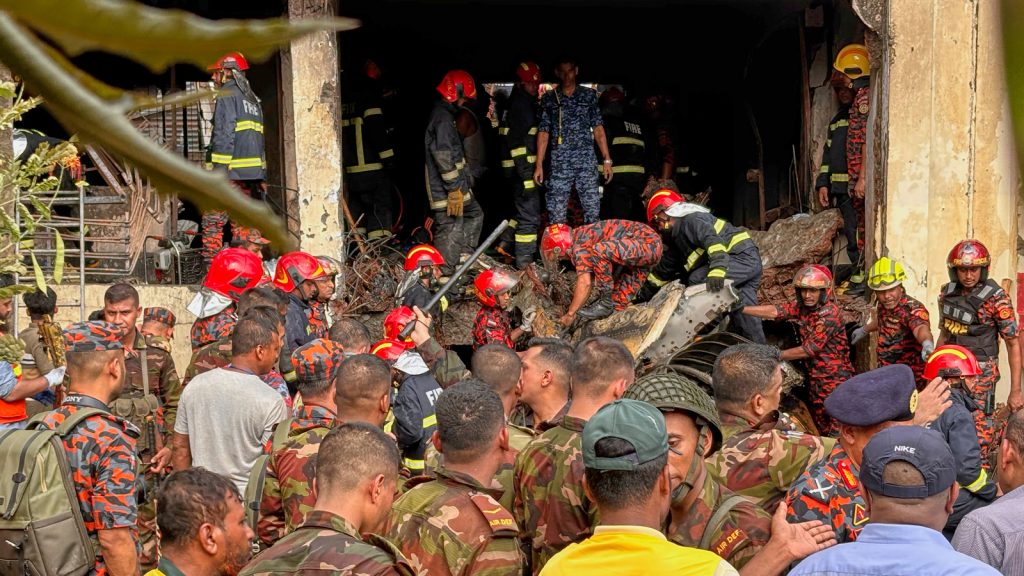
7. Learning from Past Tragedies: Continuous Improvement
Every crisis has lessons it leaves behind. Following the Rana Plaza collapse, Bangladeshi hospitals improved their mass casualty plans, prioritizing medical facilities to conduct regular drills, maintain clear communication, and share resources between hospitals. The jet crash also reignited the call for cross-sector cooperation military, schools, hospitals, and local government to make sure that when the unthinkable occurs, communities can react quickly and sensitively.
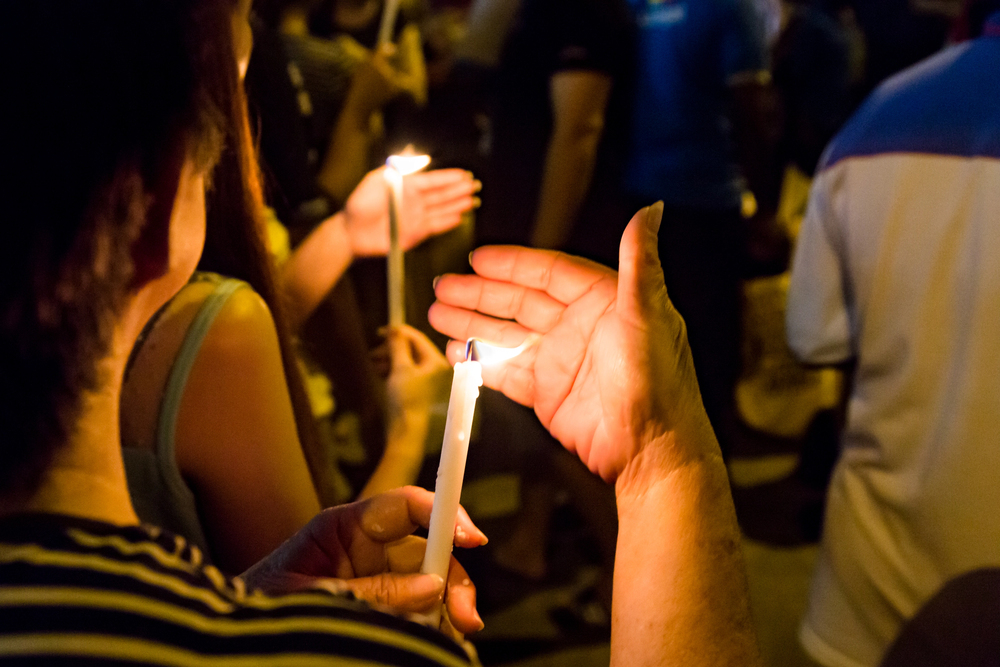
While Bangladesh grieves and investigates, attention turns toward healing, learning, and strengthening systems that safeguard lives. In times of shared sorrow, the stitches of resilience, readiness, and compassion are what bring a society ahead collectively.


